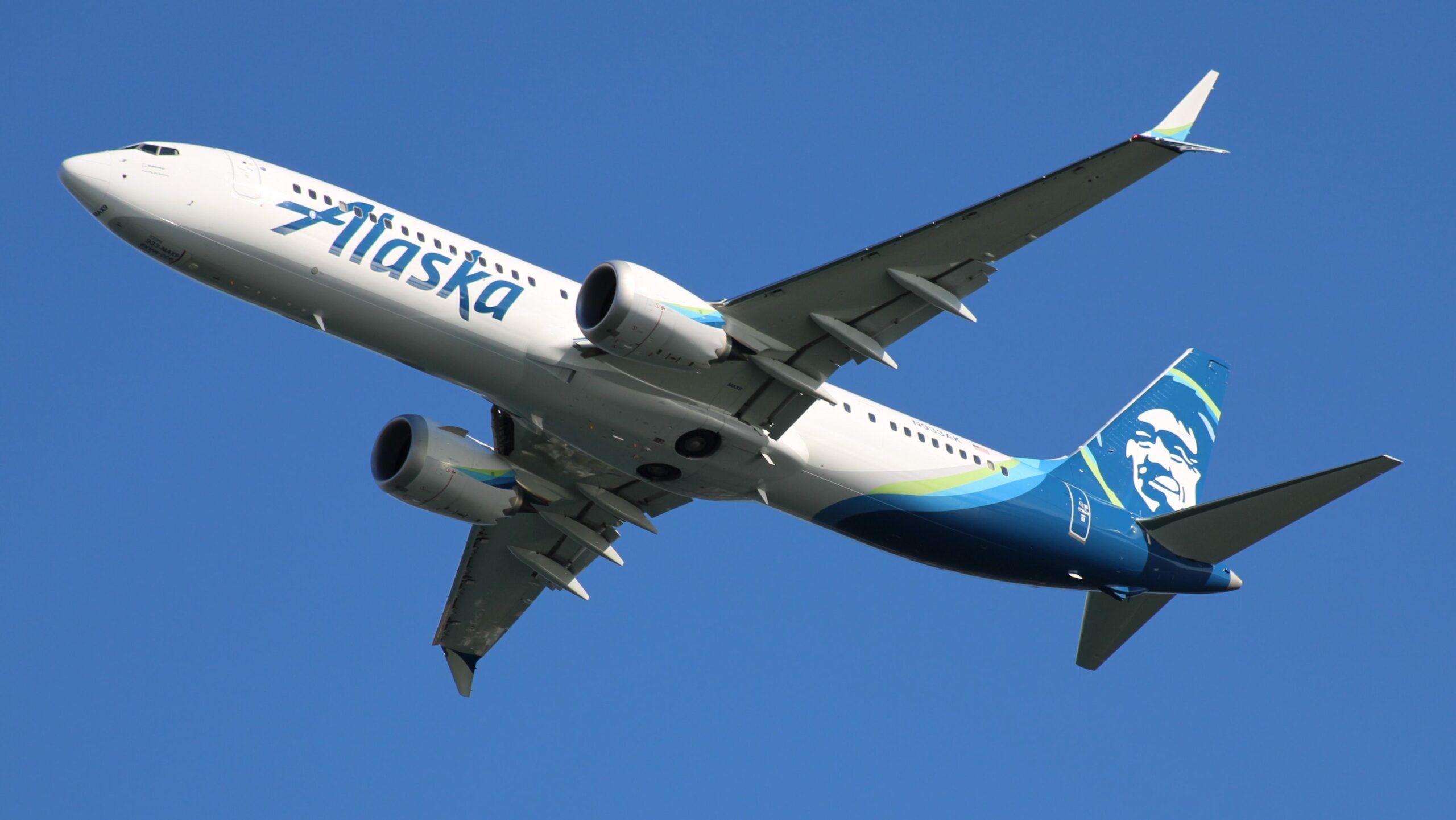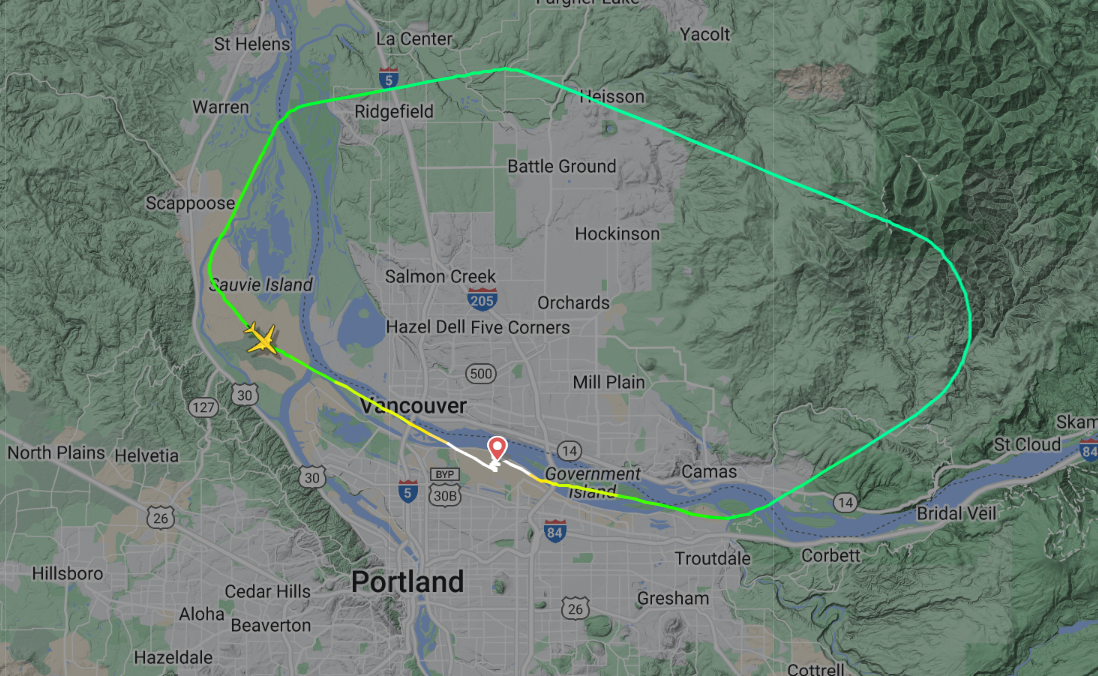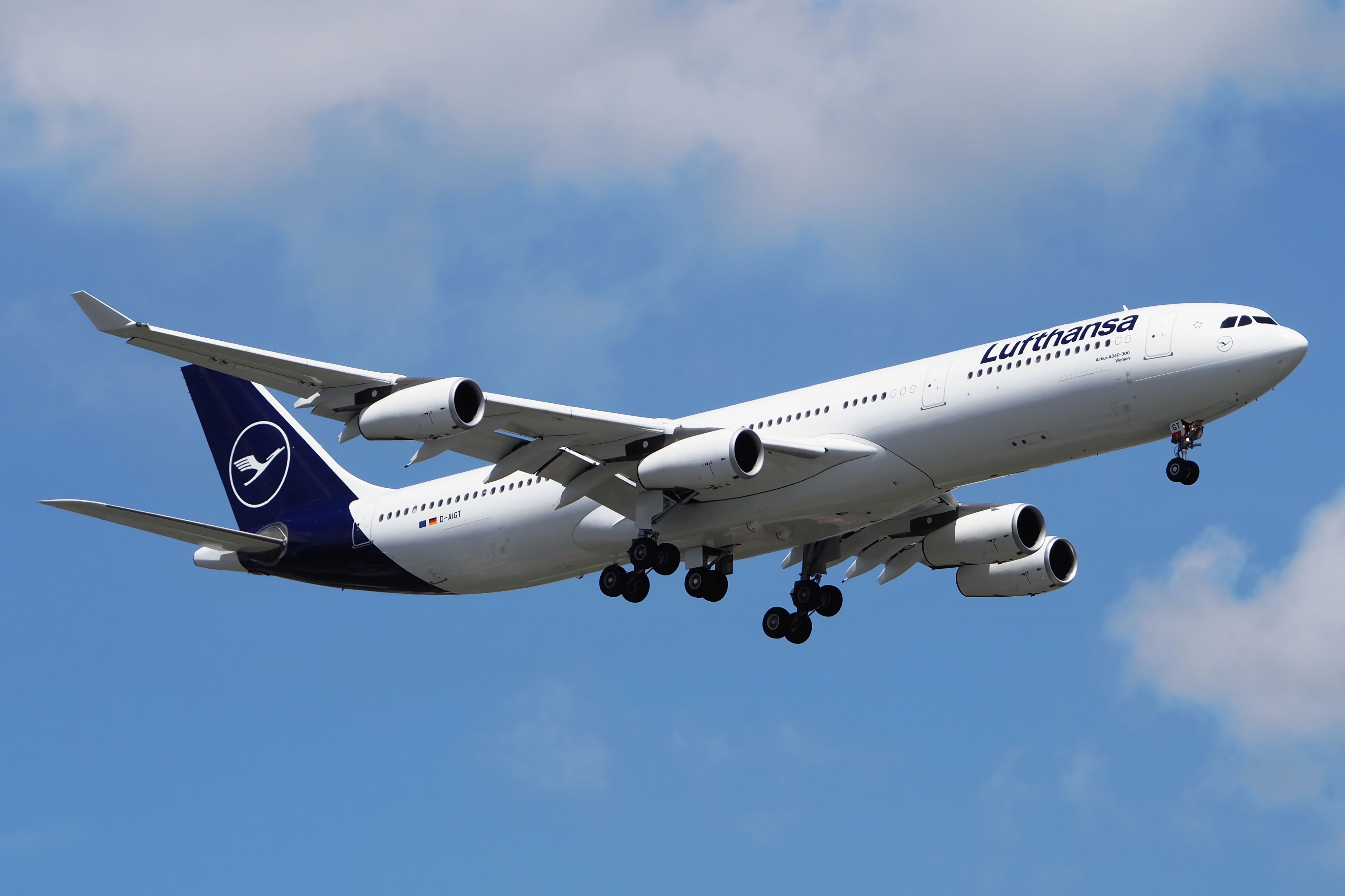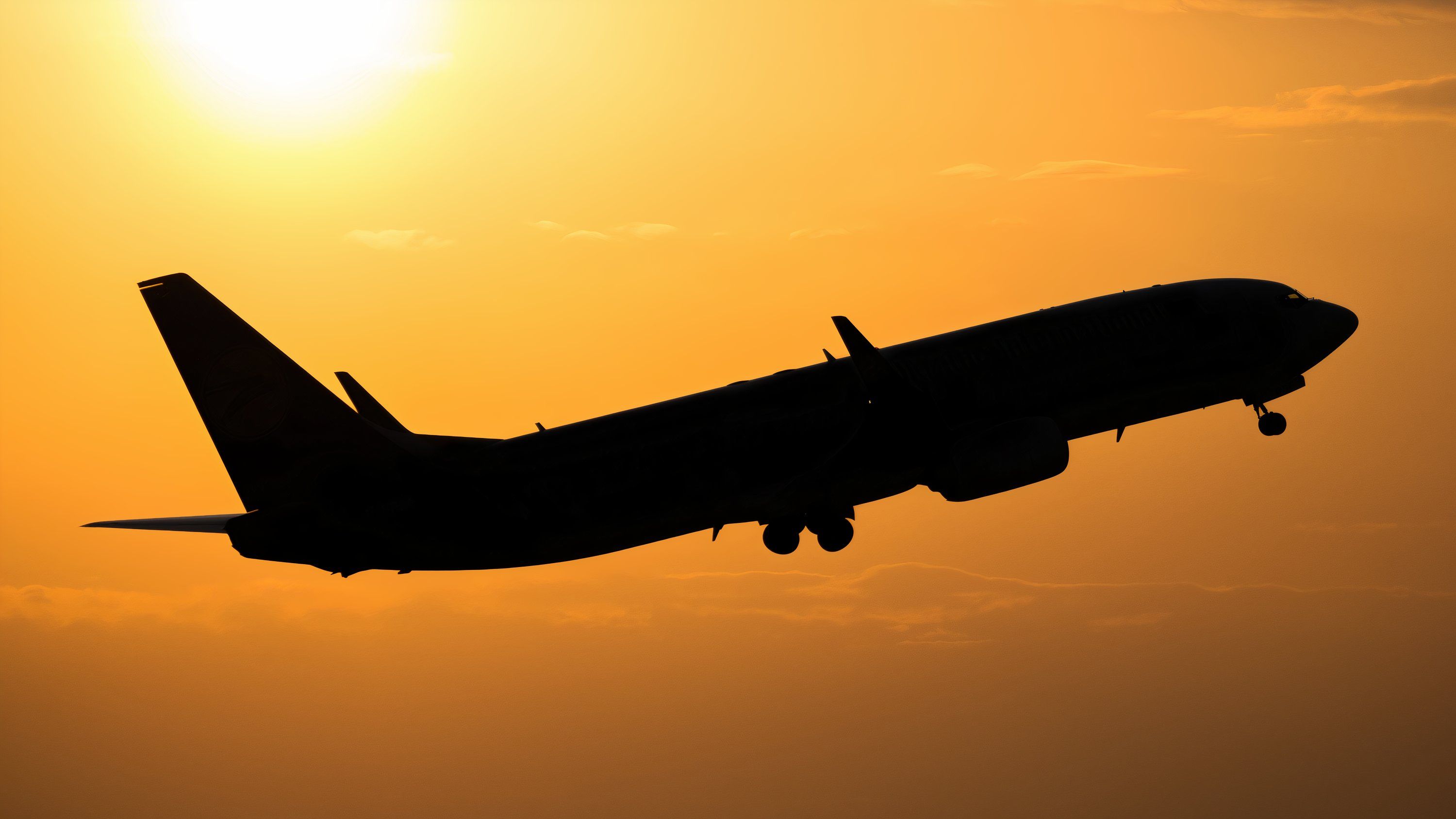One of the dangers faced by airplanes during the initial phase of their flights or during landing is the possibility of a bird strike. An Alaska Airlines transcontinental flight from Portland to Orlando was the latest service to be interrupted following a bird strike. Thankfully, no injuries were reported, and passengers were transported to their destination on another airplane.
Boeing 737 MAX struck by bird
On October 20, an ![]() Alaska Airlines
Alaska Airlines
Boeing 737 MAX 9 aircraft operating flight AS300 between Portland International Airport (PDX) and Orlando International Airport (MCO) had to return to the airport shortly after take off.
Per Flightradar24, the aircraft took off at 07:52 for its five-hour journey across the country, but the actual flight lasted less than half an hour because of a bird strike. The aircraft had just about reached 8,000 feet when it started descending again.
Such incidents often cause structural damage to the aircraft, and its severity depends on where the strike occurs. Thankfully, there were no injuries reported, and the aircraft made a successful landing back in Portland. The aircraft involved in the incident is fairly new and was delivered to Alaska in May 2023.
Naturally, there was a delay in the service, as the carrier had to arrange for another aircraft to carry the passengers to Orlando. Alaska Airlines told Simple Flying,
“At approximately 7:50 a.m. Pacific on Oct. 20, Alaska Airlines Flight 300 from Portland to Orlando had just departed when the crew reported a bird strike. Our pilots are trained for these situations and landed the aircraft safely without any issue. An emergency was declared out of an abundance of caution. The aircraft returned to the gate and guests were rebooked to Orlando. The aircraft has been removed from service for inspection.”
Not uncommon
Bird strikes have always been a concern for airlines and airports alike as they pose a threat to the safety of the passengers and the aircraft involved. Such incidents occur frequently around the world, including the United States.
Several have already occurred this year, including one involving a
Lufthansa Airbus A340-300 operating a Boston-Frankfurt flight in January
. The bird struck one of the aircraft’s engines, causing high vibrations. The plane turned around and landed back in Boston for further inspection.
Photo: Suparat Chairatprasert | Shutterstock
While the immediate concern after a bird strike is the safety of all occupants of the aircraft, such incidents can also cause immense inconvenience to travelers, particularly when their flight gets delayed by several hours.
In March this year, an
American Airlines Boeing 737 was struck by birds
during its landing approach at Minneapolis St. Paul/International Airport (MSP). The aircraft temporarily closed the airport, and the plane’s subsequent services were massively delayed.
Not just birds
While bird strikes are far more common, other animal species, too, can pose a danger to airplanes. According to the FAA, between 1990 and 2023, records show that wildlife strikes on civil aircraft involved “651 species of birds, 56 species of terrestrial mammals, 48 species of bats, and 35 species of reptiles for a total of 790 wildlife species.” Among the birds, doves/pigeons, raptors, shorebirds, gulls, and waterfowl were involved in strikes the most.
Photo: M101Studio | Shutterstock
Over the years, the FAA has issued several advisories on wildlife management in areas around the airport and raised millions of dollars for wildlife-related projects.
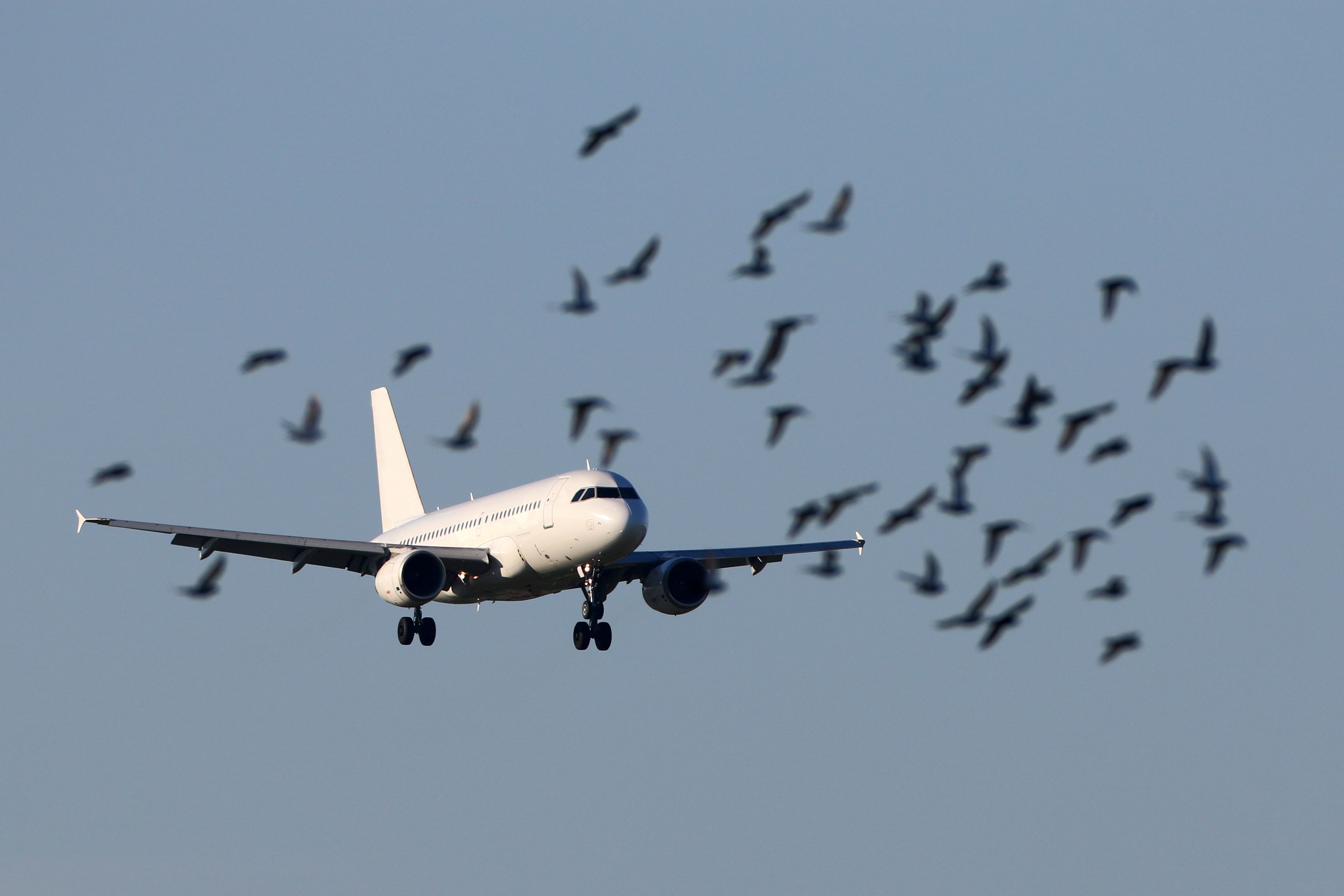
Related
How Are Pilots Trained To Handle Bird Strikes?
Dealing with unavoidable wildlife encounters.

